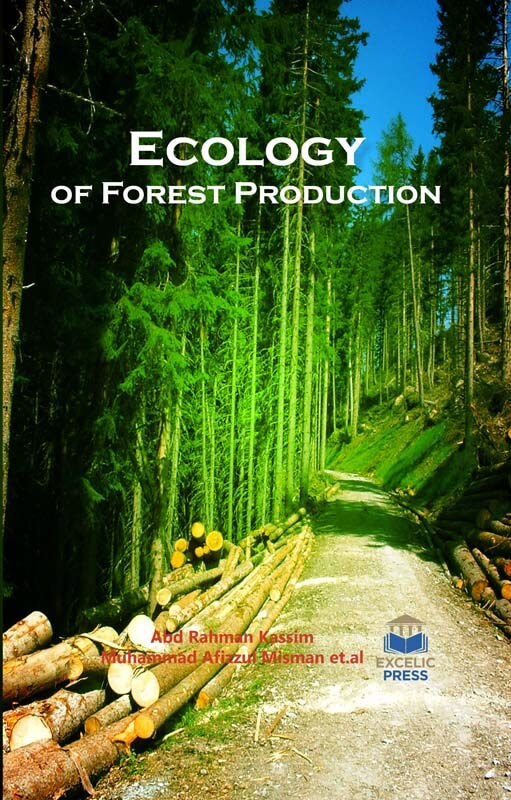Forests occupy vast areas of the world and were able to satisfy the human needs for a long time. They were at the same time a reserve and a resource, which provided shelter, wood, food and have been associated with culture and religion. From the 9th Century onwards, the increase in human population and agriculture originated a reduction in the forest area. In this context, it was considered that forests should provide several productions and be managed as multiple-use systems. Management was driven to a set of practices that were associated with mimicking the natural development of forests. Many approaches, methods, and techniques are found in literature as well as terms to define them.
This book outlines the basic physiological procedures that establish the development of plants, the processes they are affected by environmental factors. The book starts with a methodology for stand classification with an integrated approach that bridges the gaps between species composition and stands structure; give a better insight to diversity and stand dynamics; can be used regardless of the species, the stand development stage and the region; and can be implemented with data from National Forest Inventories or research studies. Managers and policymakers are beginning to appreciate the value of ecological monitoring of artificially regenerated forests, especially in urban areas. With the advent of more advance technology in precision forestry, high resolution remotely sensed data e.g. hyperspectral and LiDAR are becoming available for rapid and precise assessment of the forest condition. The book analyses and presents implications for forest offset project planning with reference to site productivity and forest carbon stocks. The information about the importance of non-timber forest production in sustainable forest management and its implication on carbon storage and biodiversity conservation in the case of Ethiopia is also portrayed. The succeeding chapters critically demonstrate on forest restoration, biodiversity, and ecosystem functioning; emerging themes in the ecology and management of North American Forests; methodological considerations in the study of earthworms in forest ecosystems; effects of Bromelia Pinguinon soil ecosystem function and fungal diversity in the lowland forests of Costa Rica; and temporal changes of fine root overyielding and foraging strategies in planted monoculture and mixed forests. It also discloses on species–habitat associations in an old-growth temperate forest in northeastern China. This book will be of value to the students, scientists, researchers, and other stakeholders associated with the subject area.














Reviews
There are no reviews yet.